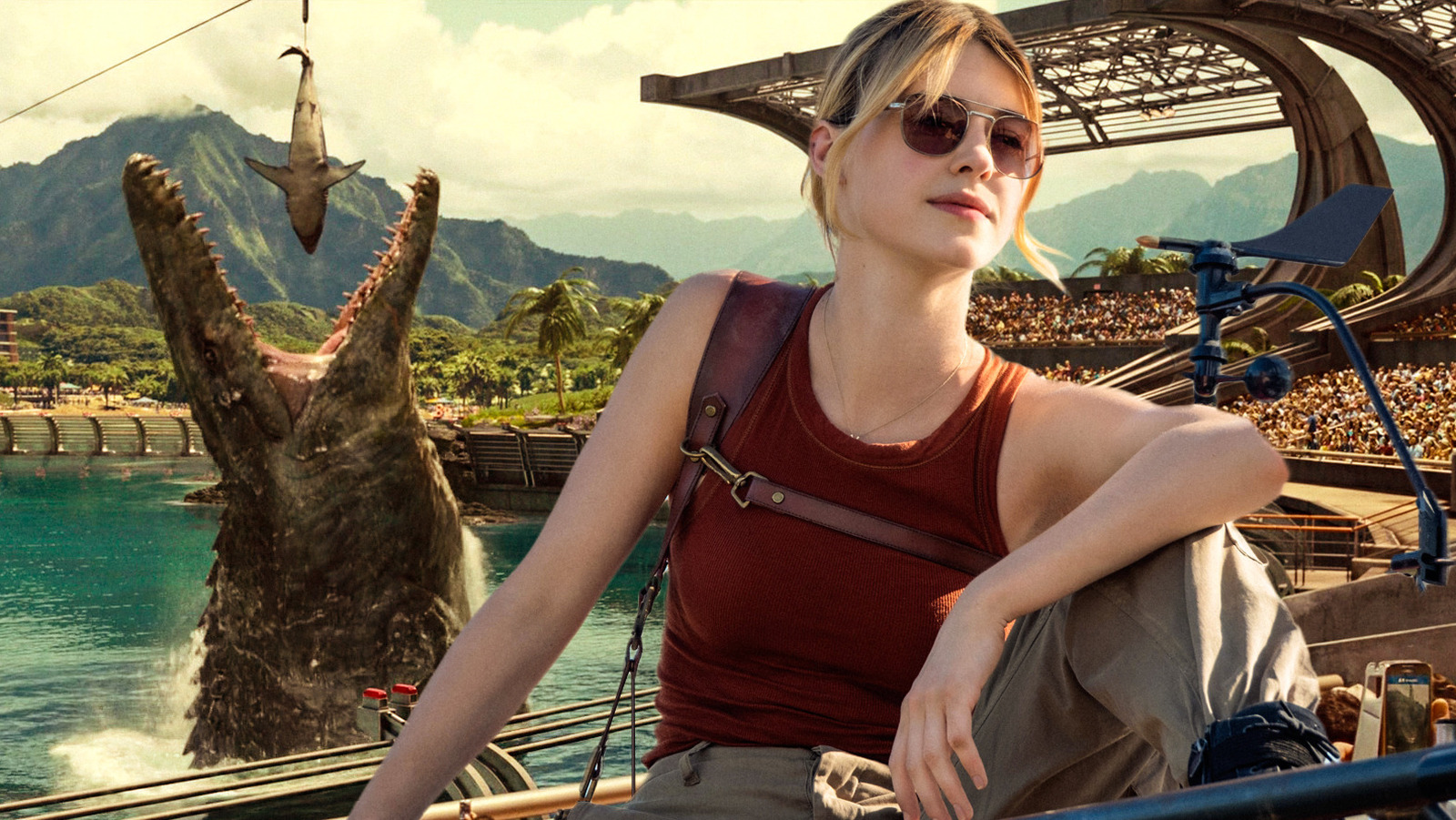
“People have been asking me again and again what I thought of the movie as a vertebrate paleontologist,” wrote Donald Prothero in 2015 after “Jurassic World” came out. “My usual short answer is: ‘A big disappointment: it’s an OK monster movie, lousy science. And it could have been SO much better.’”
It’s a common critique from anyone who studies dinosaurs, especially since the original “Jurassic Park” actually did put the effort in. “The original dinosaurs in the novel and the first movie reflected the latest research in dinosaurs. Instead of the sluggish, tail-dragging dumb lizards hanging out in swamps (as had been the image of dinosaurs for over a century), they were active, intelligent, with their tails held out behind them (not dragging on the ground),” Prothero wrote. “Jurassic Park” redefined the public perception of dinosaurs in a more accurate way, but the popularity of those dinosaurs became a trap for the franchise. “You couldn’t really just change the design of the creatures midway through the franchise,” visual effects supervisor David Vickery explained to Wired. “It would be a bit like replacing an actor with a completely different actor. Those designs are established.”
Even though there’d been plenty of discoveries about dinosaurs in the past thirty years — most notably, that a lot of dinosaurs had feathers rather than smooth scaly skin — the new films chose to satisfy the audience’s nostalgia for the first film rather than try to educate the public on any of this new information. “Paleontologists were horrified when Steven Spielberg and Colin Trevorrow decided not to update their science, but fell back on the old model of dinosaurs that is demonstrably wrong,” wrote Prothero.


Leave a Reply